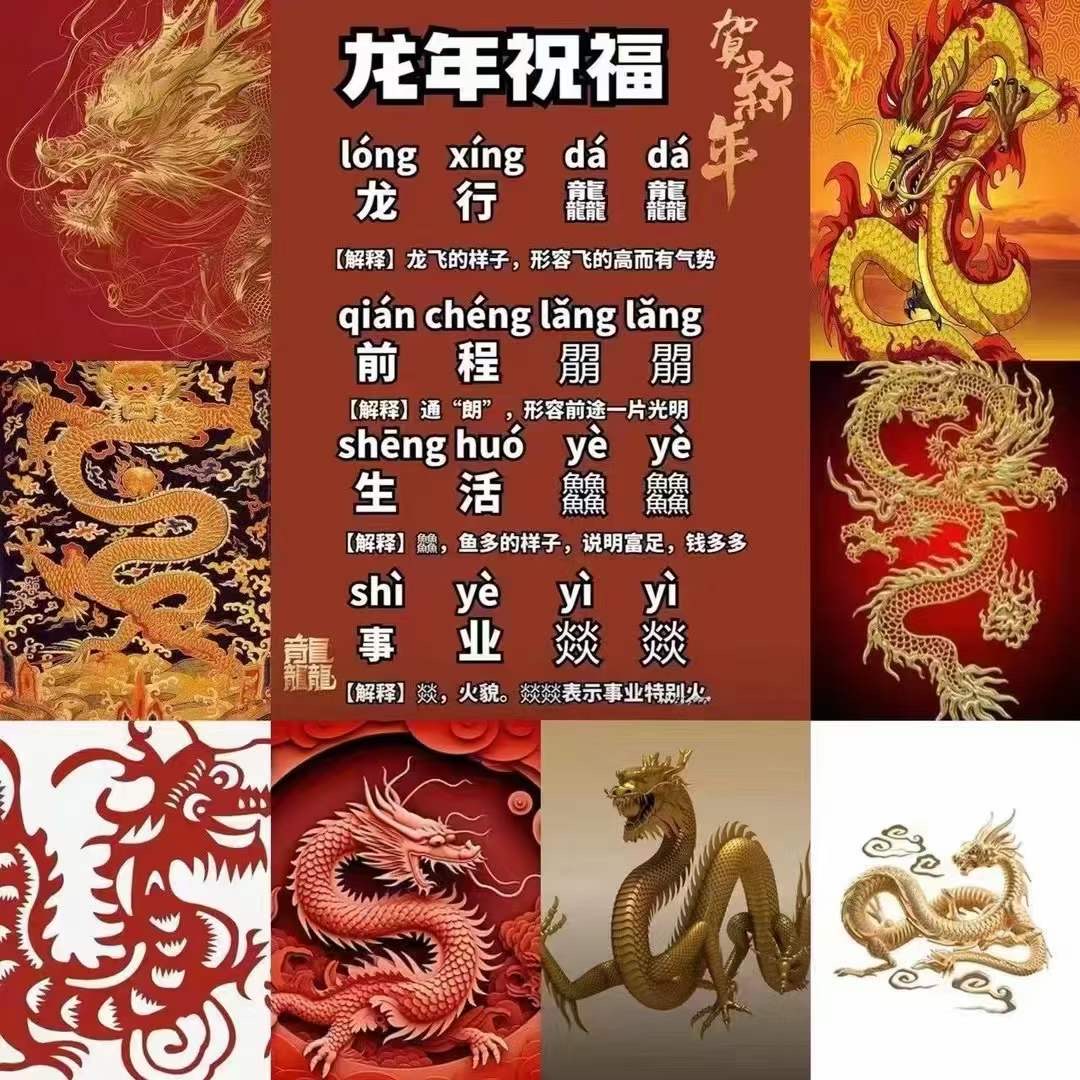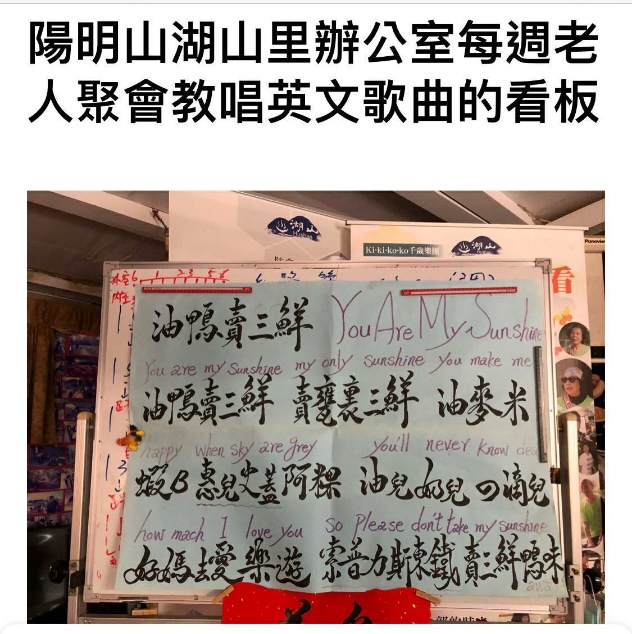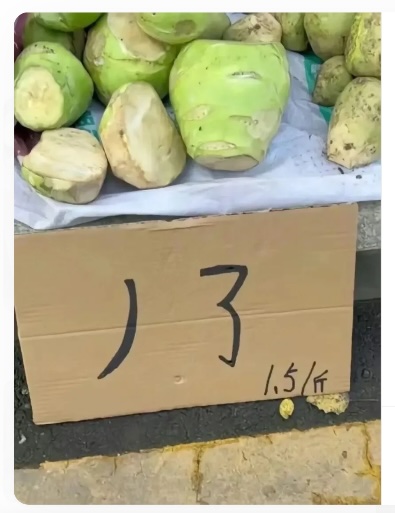Archive for Writing systems
Chinese YMCA dance
I still remember clearly the first time I tried the Y.M.C.A. dance. That was about twenty years ago in New Haven when we celebrated Valerie Hansen's ascension to tenure at Yale. When it comes to ballroom / partner dancing, I'm a total klutz, but I hoof it with abandon when it's single swirling-twirling-whirling.
There was a lively band with a talented singer who led us through the steps and motions of the YMCA dance. It was a blast!
The other day I thought to myself, what would it be like if you tried to create such a dance for the Chinese equivalent of "Y.M.C.A."?
Jīdūjiàoqīngniánhuì 基督教青年会 ("YMCA")
Even if we abbreviate it as "青年会", the last three characters of the Chinese name, it would still be very hard to dance like the English YMCA version.
The iconic "YMCA" moves begin as 0:57 here:
Read the rest of this entry »
The Miracle of Western Writing
The following essay is from the Jesuit missionary Matteo Ricci's (1552-1610) Xī zì qíjì 西字奇蹟 (The Miracle of Western Letters) published in Beijing in 1605. This was the first book to use the Roman alphabet to write a Sinitic language. Twenty years later, another Jesuit in China, Nicolas Trigault (1577-1628), issued his Xī rú ěrmù zī (Aid to the Eyes and Ears of Western Literati) 西儒耳目資 at Hangzhou. Neither book had much immediate impact on the way in which Chinese thought about their writing system, and the romanizations they described were intended more for Westerners than for the Chinese, but their eventual impact on China was enormous, and it is still unfolding.
Read the rest of this entry »
Quadriscriptal "You Are My Sunshine"
From Emma Knightley:
Sent by my boomer parents – according to the caption how a Taiwanese village is teaching seniors how to sing "You Are My Sunshine" in English, which requires them to know a combination of Mandarin, Taiwanese ("阿粿"), English ("B"), and Japanese ("の")! (I think the calligraphy is wonderful, to boot.)
Read the rest of this entry »
Decryption of a difficult script
Photograph accompanying a New York Times article, with the following caption: "Merle Goldman explaining the Chinese characters for the word China":
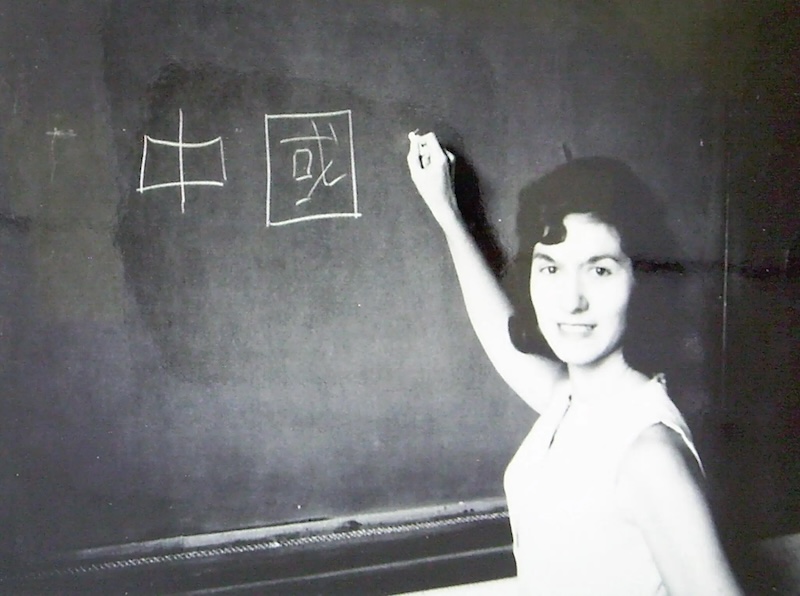
(source)
Read the rest of this entry »
Tax(es): kanji of the year 2023
The breathless moment when "zei 税" is written by Mori Seihan, the head priest of the magnificent Kiyomizudera in eastern Kyoto (1:32):
Read the rest of this entry »
Mao's leaky, lawless umbrella
Linkedin post by Matías Otero Johansson:
The Orientalism Problem: Edgar Snow's last interview with Mao
In an article published in Life Magazine in 1971, journalist Edgar Snow (1905-1972) ends his account of the last interview Mao Zedong would grant him thus:
"As he curteously escorted me to the door, he said he was not a complicated man, but really very simple. He was, he said, only a lone monk walking the world with a leaky umbrella. … I believe #China will seek to cooperate with all friendly states, and all friendly people within hostile states, who welcome her full participation in world affairs."
As soon as I saw the word "umbrella", I knew what this turn of phrase was about.
It is covered in John Rohsenow's magisterial dictionary of xiēhòuyǔ 歇後語, which I refer to as "truncated witticisms".
Read the rest of this entry »
Writing indigenous names in Taiwan
In Taiwan, a woman from the Bunun tribe is pushing to have her name given just in the Roman alphabet, not in combination with or substituted by Chinese characters presenting a Mandarinized form. (Bunun language here.)
Pinyin News (11/27/23)
—–
A candidate for the Indigenous constituency in Taiwan’s Legislature has, in protest over government policies mandating the use of Chinese characters, changed her name to “李我要單列族名我的布農族名字是 Savungaz Valincinan,” which translates as “Li I want to list my tribal name separately; my Bunun name is Savungaz Valincinan.”
Read the rest of this entry »
A (troop / troupe of) dragon(s) tromping / flying
This is the theme of the forthcoming CCTV Spring Festival Gala to ring in the new year of 2024:
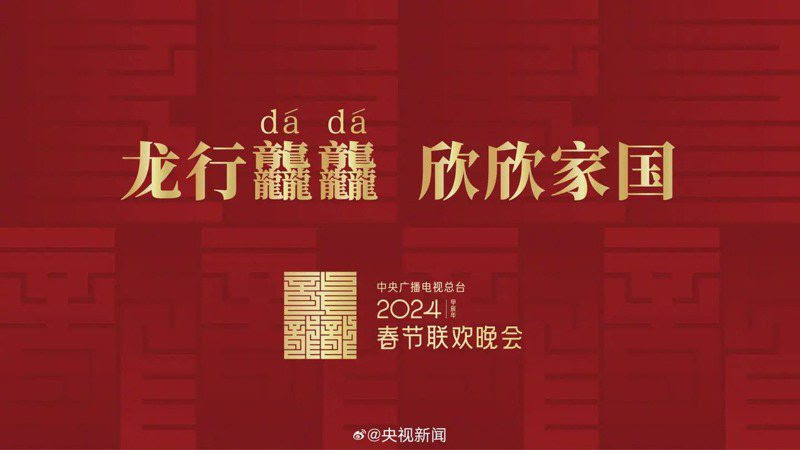
(source)
Read the rest of this entry »
Mao and Chinese Character Reform: Revisionist History on CCTV
[This is a guest post by David Moser]
Just when you thought CCP propaganda couldn’t get more absurd, China Central Television (CCTV) has aired a short TV series in which Confucius and Karl Marx actually meet up for comradely chat about ideology. In typical fantasy time-travel style, Marx simply appears miraculously at the Yuelu Academy (estab. 976) in Hunan, and is warmly greeted by Confucius to chants of “A friend visiting from afar is a great delight.” (有朋自远方来,不亦乐乎?) The two gray-bearded philosophers then sit down together to discuss how their respective theories seem to merge harmoniously to form an ideal basis for governing China.
This bit of historical cosplay is part of Xi Jinping’s “Soul and Root” (魂和根) propaganda campaign, introducing the notion that Marxism and Confucianism – the “Two Combines” (兩個結合) – must be integrated to form a unified national identity, with Marxism being the “soul” and traditional culture, including Confucianism, being the “root.”
Read the rest of this entry »
Rectilinear rectitude
An alternative name for M Hànzì / J Kanji / K Hanja / C hon3 zi6 漢字 ("sinoglyph; Chinese character") is fāngkuàizì 方塊字 ("square shaped character"). I learned that the very first year of my Chinese language studies more than half a century ago. From kindergarten and elementary school on up, Chinese children learn to practice writing characters with the concept of fāngkuài 方塊 ("square shaped") firmly in mind. To assist them in that endeavor, they use a zìtiè / zìtiě 字帖 ("copy book") with the squares clearly marked.
Read the rest of this entry »
Really weird sinographs, part 4: hyena
In "LOL, ROTFL, IJBO" (11/2/23), all the talk of laughter made me think of the epitome of that particular animal behavior, the hyena. Of all creatures on earth, the hyena is one of the most curious. Can you imagine going through life laughing at everything, especially when life is so full of tragedy?
Listen: here, here, here, and there are many other videos and audios of laughing hyenas online.
Hyenas are not members of the dog or cat families. Instead, they are so unique that they have a family all their own, Hyaenidae. There are four members of the Hyaenidae family: the striped hyena, the “giggly” spotted hyena, the brown hyena, and the aardwolf (it's a hyena, not a wolf).
(San Diego Zoo Wildlife Alliance)
Read the rest of this entry »
